Open Source News
Insider
4
Image Credit: Insider
Meta's Llama has reached a turning point with developers as delays and disappointment mount
- Meta's Llama 4 models faced a lukewarm start with limited adoption compared to previous models, leading to questions about its relevance among developers.
- At Meta's LlamaCon conference, developers expressed disappointment as expected advanced models weren't announced, settling for traditional models instead.
- The release of Llama 4 Scout and Llama 4 Maverick, with a delayed Llama 4 Behemoth, struggled to compete against alternatives like DeepSeek's V3 and Qwen.
- While Meta claimed state-of-the-art performance, criticism grew around the fading momentum of Meta's open-source models in technical performance and mindshare.
- Competitors like DeepSeek, Qwen, and OpenAI are outpacing Meta in reasoning, tool use, and real-world deployment, prompting doubts about Llama's progress.
- Meta reassured its commitment to improving its models and features based on community feedback, but concerns linger over Llama falling behind in the AI landscape.
- While Llama 3's launch in the past was widely praised for its breakthrough, Llama 4's reception has been less enthusiastic, raising questions about Meta's direction.
- Criticism of Llama 4 extended beyond technical evaluations, highlighting its diminished tool-calling capabilities for agentic AI compared to rival models like OpenAI.
- Llama's absence of a reasoning model and decline in developer interest indicate a loss of pace in the AI market, despite its continued presence in various AI applications.
- Industry experts note that while Llama may be losing ground to proprietary models, it still holds value for enterprises seeking open-source solutions for specific tasks at a lower cost.
- Despite competition from proprietary models, Llama's role remains relevant for many developers due to its cost-effectiveness and adaptability to diverse use cases within AI applications.
Read Full Article
Like
VentureBeat
435

Image Credit: VentureBeat
Reduce model integration costs while scaling AI: LangChain’s open ecosystem delivers where closed vendors can’t
- LangChain plans to remain committed to the open source ecosystem, attributing its success to developers demanding model choice and not staying in a closed provider.
- LangChain's framework is praised for its integrations and ecosystem, with over 72.3 million downloads last month and 4,500 contributors across its Python and JS frameworks.
- The company has expanded its offerings with platforms like LangSmith, LangGraph, and LangGraph Platform, focusing on deploying autonomous agents and managing long-lasting or stateful agents.
- LangGraph Platform offers features like one-click deployment, horizontal scaling, persistence layer for agentic memory, API endpoints, and tools for debugging, catering to organizations deploying multiple agents.
Read Full Article
26 Likes
VentureBeat
375

Image Credit: VentureBeat
The $1 Billion database bet: What Databricks’ Neon acquisition means for your AI strategy
- The $1 billion acquisition of serverless PostgreSQL startup Neon by Databricks highlights the importance of databases for enterprise AI.
- Data is crucial for training AI, and without proper data, AI efforts often fail.
- Databricks' acquisition of Neon signifies the value of databases in the era of agentic AI and modern development practices.
- Neon's technology, although based on the established PostgreSQL platform, has a serverless approach for building AI applications.
- PostgreSQL, as an open-source relational database platform, is widely used and trusted for its stable features.
- Serverless databases like PostgreSQL offer ease of operations and allow for on-demand deployment, attracting developers for quick application development.
- Various cloud providers offer PostgreSQL services, including serverless options, making it a popular choice for AI applications.
- Databricks' acquisition of Neon complements their existing offerings and aims to build a developer and AI-agent-friendly database platform.
- Serverless PostgreSQL is seen as a foundational technology for AI and analytics, providing scalability and cost-effectiveness for AI projects.
- Neon's serverless PostgreSQL approach separates storage and compute, enabling automated scaling for AI projects.
- This acquisition suggests that a focus on serverless database capabilities is crucial for successful AI implementations, emphasizing the need for dynamic resource allocation.
Read Full Article
22 Likes
Fb
65
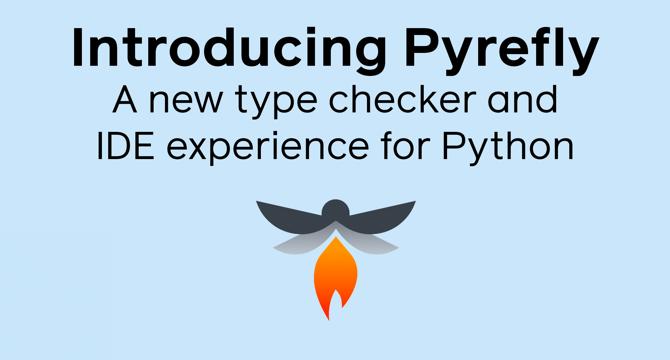
Image Credit: Fb
Introducing Pyrefly: A new type checker and IDE experience for Python
- Pyrefly is an open source Python type checker and IDE extension written in Rust, focusing on ensuring type consistency and catching errors in code before execution.
- It offers IDE integration and CLI usage for flexibility in workflow integration.
- Developed in the open source community, Pyrefly aims to enhance Python's type system and libraries collaboratively.
- Key steps to get started with Pyrefly include installing it via pip, migrating existing type checker configurations, and downloading the VSCode extension.
- The project Pyre led to the creation of Pyrefly, with a focus on an extensible type checker that provides code navigation, scalability, and exporting types.
- Pyrefly emphasizes performance, built in Rust for speed, and an IDE-first approach for consistent user experience.
- The project also focuses on inference to benefit users from types even in unannotated code, promoting an open-source community and open development on GitHub.
- Future plans for Pyrefly involve working with the Python community to enhance the language and developer experience, leveraging types for productivity and security.
- Community collaboration is encouraged through feedback, bug reports, and contributions to further develop Pyrefly and expand its impact.
- The release of Pyrefly as an alpha version is aimed at refining it for a stable release in the future, with an invitation for feedback and improvement suggestions.
- The Meta team behind Pyrefly aims to illuminate bugs, enhance the Python development environment, and engage with the community through various platforms.
Read Full Article
3 Likes
Discover more
- Programming News
- Software News
- Web Design
- Devops News
- Databases
- Cloud News
- Product Management News
- Operating Systems News
- Agile Methodology News
- Computer Engineering
- Startup News
- Cryptocurrency News
- Technology News
- Blockchain News
- Data Science News
- AR News
- Apple News
- Cyber Security News
- Leadership News
- Gaming News
- Automobiles News
Hackernoon
426
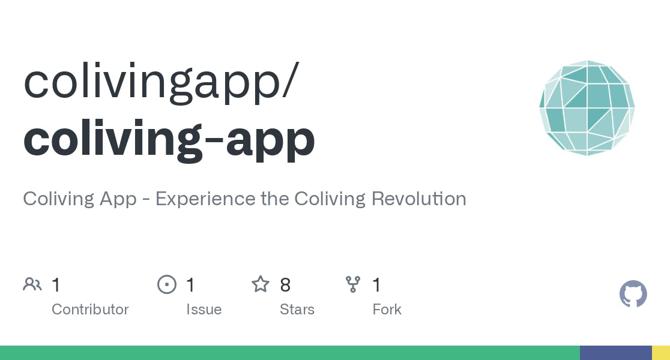
Image Credit: Hackernoon
Coliving Goes Open Source
- Coliving App, a platform for digital nomads, travelers, and hosts, is now fully open-source and available on GitHub.
- The decision to make the source code public is to invite developers, designers, and coliving enthusiasts to contribute ideas, features, and improvements to the platform.
- The app offers tools for creating and managing coliving spaces, social features for housemates, discovery features for travelers, messaging system, mapping, search functionality, detailed profiles, and more in its beta version.
- The long-term vision for Coliving App is to keep it running freely for decades with community input, offering an open alternative to closed platforms.
Read Full Article
25 Likes
Medium
399
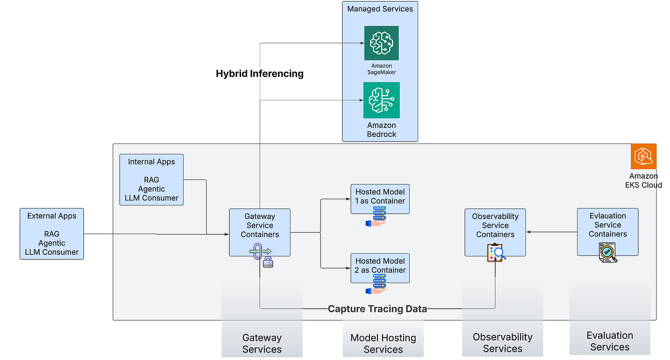
Image Credit: Medium
Building GenAI solutions on Amazon EKS
- Self-hosting AI solutions on Amazon EKS provides more control over sensitive data and hybrid deployment, enhancing quality and productivity for teams through integration of existing data sources.
- Customizing models through self-hosting allows tuning to specific needs, resulting in competitive performance with cost efficiency.
- Hosting models on the same platform as applications reduces latency, ensuring better user experience, particularly for applications with strict latency requirements.
- Deploying generative AI applications in production requires complementary components like prompt caching, guardrails for safe usage, observability tools, and model evaluation capabilities.
- A self-hosting stack requires multiple components, leveraging open-source software to self-host models in a cost-efficient manner with Amazon EKS.
- Key components include Model Gateway Service, Model Hosting Services, Model Evaluation Services, and Model Observability Services, all running as containers using Amazon EKS.
- Model Gateway enables centralized access to models, hybrid inferencing, and secure model access, while Model Hosting Services expose model weights as APIs with efficient inferencing capabilities.
- Model Evaluation Services assist in choosing the right model through rigorous testing, real-time evaluation, and continuous optimization of models and prompts.
- Model Observability Services capture essential metrics like latency and payload data, enabling better model assessment and optimization for changing business needs.
- Open-source frameworks such as LiteLLM, vLLM, LangFuse, and others fulfill the roles of key components for self-hosting AI solutions on Amazon EKS.
- LangFuse offers observability by tracking various data points, while also assisting in model evaluation through benchmarking and automated evaluation methods.
Read Full Article
24 Likes
Marktechpost
119

Rime Introduces Arcana and Rimecaster (Open Source): Practical Voice AI Tools Built on Real-World Speech
- Rime introduces Arcana and Rimecaster as practical voice AI tools built on real-world speech, focusing on realism, flexibility, and transparency in voice applications.
- Arcana is a voice model for extracting features like delivery, rhythm, and emotional tone, supporting voice agents, expressive synthesis, and speaker-aware dialogue systems.
- Mist v2, another TTS model by Rime, is optimized for high-volume applications, offering efficient deployment on edge devices with quality.
- Rimecaster is an open-source speaker representation model trained on real-world conversations to enhance speaker verification, voice adaptation, and expressive TTS.
Read Full Article
7 Likes
Siliconangle
4

Image Credit: Siliconangle
Sysdig donates Stratoshark to Wireshark Foundation to expand open-source cloud forensics
- Sysdig Inc. has donated its open-source cloud forensics tool, Stratoshark, to the Wireshark Foundation to enhance open-source cloud security.
- Stratoshark, launched in January, extends Wireshark's network visibility into the cloud, aiming to provide a standardized approach to cloud system analysis.
- The tool bridges the cloud visibility gap in Wireshark, leveraging Sysdig's Falco ecosystem to offer deep, real-time visibility into cloud-native workloads.
- Through the donation, the community can continue to innovate, refine, and strengthen security collaboratively, in alignment with Sysdig's belief in transparent security efforts.
Read Full Article
Like
TechBullion
59
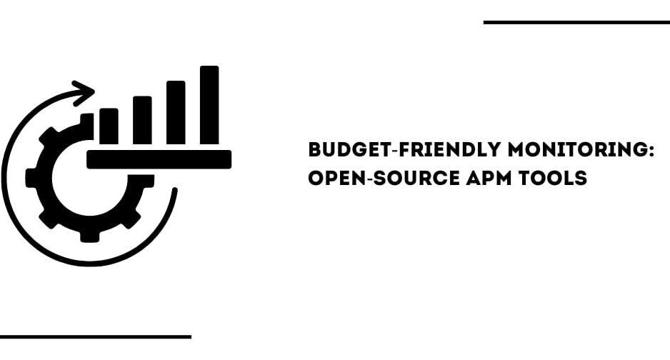
Image Credit: TechBullion
Budget-Friendly Monitoring: Open-Source APM Tools
- Businesses rely on software systems for seamless user experiences, making APM crucial for optimal performance.
- Open-source APM tools are gaining popularity for providing deep visibility at lower costs compared to enterprise-grade platforms like Datadog.
- Leading open-source APM tools include Uptrace, Jaeger, Prometheus, and Zipkin, offering robust monitoring capabilities while being budget-friendly.
- Choosing the right open-source APM tool depends on factors like team goals, technical expertise, and scalability needs, providing affordable monitoring solutions without licensing fees.
Read Full Article
3 Likes
Unite
307

Image Credit: Unite
Anaconda Launches First Unified AI Platform for Open Source, Redefining Enterprise-Grade AI Development
- Anaconda Inc. has launched the Anaconda AI Platform, the first unified AI platform for open source, aimed at streamlining the end-to-end AI lifecycle for enterprises.
- This marks a strategic shift for Anaconda, transitioning from a package manager to an enterprise AI backbone for open-source innovation.
- The Anaconda AI Platform bridges the gap between open-source innovation and enterprise-grade AI, offering streamlined workflows and enhanced security.
- It centralizes AI development processes, covering everything from sourcing packages to deploying models across environments.
- Key capabilities include secure package distribution, enterprise-grade security features, AI-ready workspaces, and MLOps integration.
- MLOps is crucial for responsible machine learning model development and deployment, aligning with Anaconda's platform principles.
- Open source tools are vital for AI, but they come with security and compliance challenges that the Anaconda AI Platform aims to address.
- An ROI study by Anaconda showed significant improvements in operational efficiency and reduced risk with the platform.
- Anaconda, a pioneer in the open-source and data science space, continues to promote open-source innovation with its AI solutions.
- The Anaconda AI Platform is positioned as a future-proof solution for AI development at scale, available across various cloud environments.
- By redefining enterprise-grade AI development, Anaconda's platform empowers both individual developers and enterprises in the AI space.
Read Full Article
18 Likes
Siliconangle
413
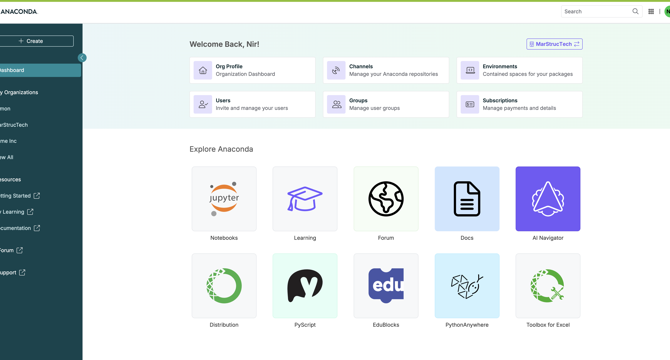
Image Credit: Siliconangle
Anaconda releases data science platform optimized for open-source development
- Anaconda Inc. has launched a unified AI development platform optimized for open-source software usage.
- The Anaconda AI Platform offers security, governance features, and productivity aids specific to open-source development, improving operational efficiency by up to 80%.
- The platform simplifies open-source management, ensures security and integration, and provides compatibility for AI development across different platforms.
- Anaconda aims to address AI vulnerabilities and support next-generation AI use cases for Python with its new platform, which includes features like AI Assistant, unified command line interface, and package auditing capabilities.
Read Full Article
24 Likes
Medium
226
Image Credit: Medium
The New Kid on the Open-Source Block: DeerFlow, a Deep Research Assistant
- Open-source AI platforms like DeerFlow are rapidly advancing, rivaling proprietary systems like OpenAI's ChatGPT and Anthropic's Claude.
- Projects such as DeepSeek's R1 and community-built OpenManus demonstrate the strength of collaborative development in the AI space.
- OpenManus, created by the MetaGPT community, matches proprietary agents in various tasks using models like GPT-4o, showcasing the accessibility of open-source AI.
- Frameworks like Hugging Face's Transformers are driving innovation in open-source AI, paving the way for impactful tools like DeerFlow that offer agentic workflows and research automation.
Read Full Article
13 Likes
Ubuntu
275
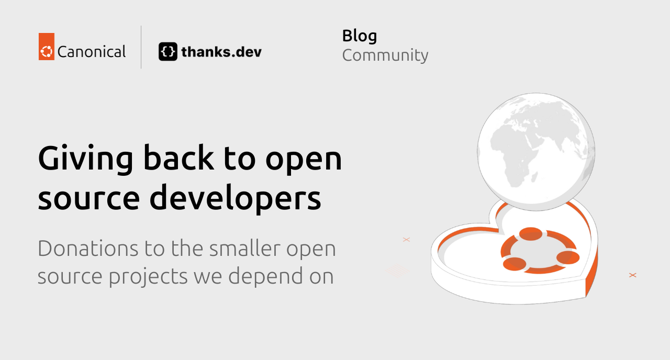
Image Credit: Ubuntu
Canonical + thanks.dev = giving back to open source developers
- Canonical has partnered with thanks.dev to donate money to smaller open source projects they depend on.
- They have committed to donating US$120,000 over the next 12 months, distributed at $10,000 per month.
- Thanks.dev's algorithm splits the funds based on dependencies used by more projects, benefiting over 350 GitHub users and orgs.
- Many companies, including Canonical, support open source developers through thanks.dev, with 5% commission going to thanks.dev for their services.
Read Full Article
16 Likes
Securelist
32

Image Credit: Securelist
Using a Mythic agent to optimize penetration testing
- Researchers are using post-exploitation frameworks like Mythic to enhance penetration testing practices to stay ahead of threat actors.
- A proactive approach in learning new technologies and techniques employed by threat actors is crucial for security professionals.
- Kaspersky emphasizes detecting tools and techniques used by threat actors in real-world attacks for enhanced security.
- Behavioral analysis, exploit prevention, and fileless threats protection are integral in countering sophisticated attacks.
- Layered security solutions like EDR, NDR, and XDR are essential for quick detection and response to potential threats.
- Pentesters face challenges due to the detectability of popular tools by security solutions.
- Open-source pentesting frameworks like Sliver and Havoc have limitations in payload size and stability.
- Balancing in-house solutions and open-source tools is crucial for effective pentesting.
- Pentesting payloads are divided into modules to manage execution and maintain covert communications.
- The Stage 1 module of the pentesting payload requires dynamic functionality, minimal system traces, and compliance with OPSEC principles.
Read Full Article
1 Like
Marktechpost
4

OpenAI Releases HealthBench: An Open-Source Benchmark for Measuring the Performance and Safety of Large Language Models in Healthcare
- OpenAI has introduced HealthBench, an open-source benchmark for evaluating large language models (LLMs) in healthcare scenarios in collaboration with 262 physicians across various medical specialties.
- HealthBench addresses the limitations of existing benchmarks by focusing on real-world applicability, expert validation, and diagnostic coverage through multi-turn conversations and physician-validated rubrics.
- It organizes evaluations across seven key themes and introduces subsets like HealthBench Consensus and HealthBench Hard to provide granular insights into model capabilities and challenges, showcasing progress in model performance.
- The framework includes mechanisms for model consistency assessment, meta-evaluation of automated graders, and aims to offer a more nuanced understanding of AI model behavior in healthcare applications.
Read Full Article
Like
For uninterrupted reading, download the app